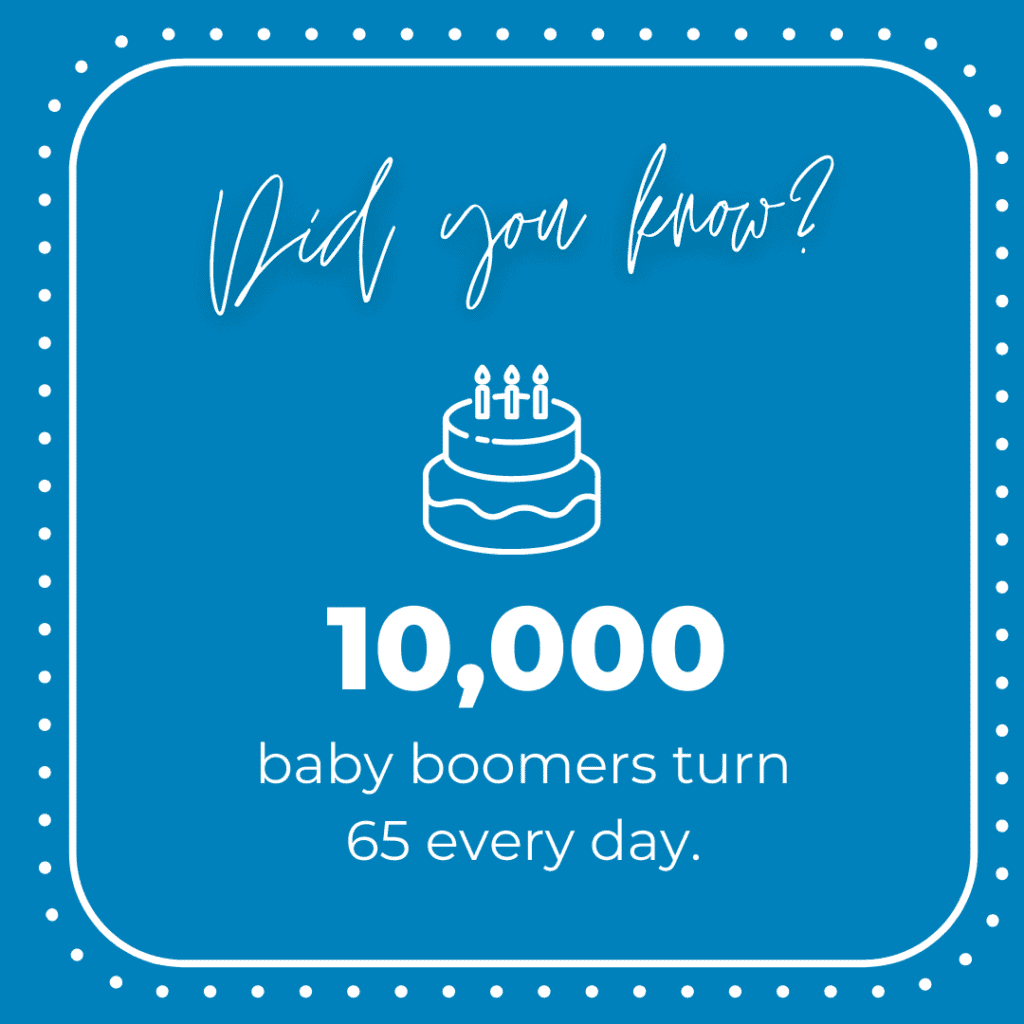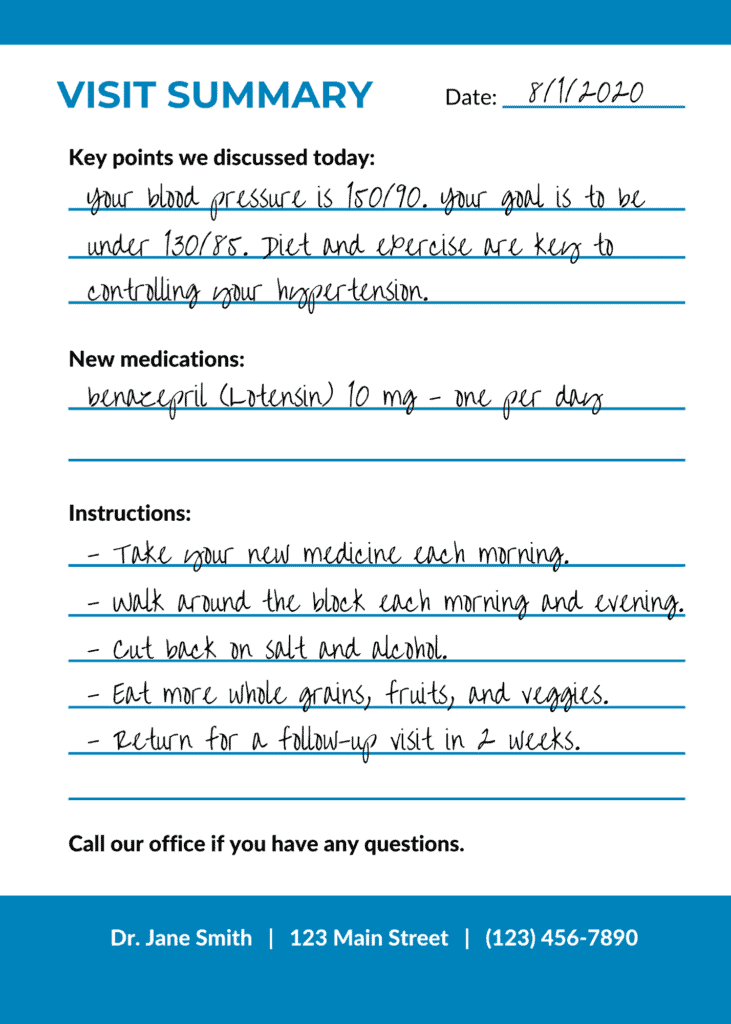
Approximately 10,000 baby boomers, born between 1946 and 1964, turn 65 each day. As a result, the Medicare population is expected to swell to more than 80 million beneficiaries by 2030 – up from 54 million in 2015.
As baby boomers age, the face of the American population will change dramatically, and demand for physicians’ services will drastically increase, too. Adults 65 years of age and older visit their doctor an average of eight times per year, compared to the general population’s average of five visits per year.
Physicians must prepare for a growing number of senior patients by forming a better understanding of this population to enhance their interactions with older adults. Poor communication with elderly patients alongside this growing population can undercut your efforts to provide exceptional patient care and damage their health.
This guide offers recommendations to help physicians enhance their interactions with older patients.
Schedule Longer Appointments with Senior Patients
Studies show that older patients retain less information from their physicians than their younger counterparts, when, in fact, they desire more information from their physicians. Therefore, your senior patients will likely require additional time with you. Plan for it, and avoid seeming rushed. Your patient will sense that and shut down, making an effective interaction almost impossible.
Sit Face-to-Face
Many older patients are experiencing some degree of hearing loss, and they may depend on watching your lips as you speak. Additionally, the simple act of sitting down with the patient, face-to-face, sends the message that your time together matters.
Maintain Eye Contact
Eye contact is the most direct and powerful form of nonverbal communication, especially with elderly patients. It tells patients that you are interested in them, and they can trust you. Furthermore, some research shows that, when matched with meaningful verbal communication, eye contact helps the patient better understand what the doctor is telling them and improves patient adherence to the treatment plan – particularly in senior patients.
Focus on One Topic at a Time
Information overload can further confuse senior patients. Instead of giving a long, detailed explanation filled with medical jargon, go slow, and use layman’s terms. It helps if you think about it as an outline. This allows you to explain important information in a series of steps. For example, let’s say your patient’s blood pressure is too high. You might start by briefly describing how the heart works, then go into detail about what high blood pressure means. Lastly, end with the different ways high blood pressure can be treated.
Use Images & Videos
Visuals, such as pictures, drawings, charts, graphs, diagrams, and even videos, can be useful tools for communicating health information. These visual aids can make the presentation of complex information easier to comprehend, more attractive, and can also reinforce written or spoken health messages. MedlinePlus is a great resource that offers images, videos, charts, and other tools that you can use with your senior patient.
Listen
Remember that good communication with elderly patients starts with good listening. It’s not uncommon for a patient to leave their doctor’s office feeling like their concerns or questions went unheard. In one analysis of clinical encounters, researchers found clinicians elicited patient concerns, only to interrupt them within 11 seconds! Not only does it cause the patient to feel unheard, but you are also missing out on vital information that the patient is otherwise trying to share. If the patient has a laundry list of questions or concerns, it’s probably wise to schedule a follow-up visit so that you have time to go over everything.

Summarize the Important Points
Ask the patient to summarize your care plan instructions. If the patient’s version indicates that they did not understand your instructions, repeat them again. Try to rephrase the message, making it shorter and more straightforward. Consider having a nurse follow up with the patient 24-48 hours post-visit to ensure that the patient is following the treatment plan.
Write Down Your Instructions
If you want to ensure that your patient remembers your instructions, write them down in an easy-to-follow format. Instead of just telling older patients to take their medication and exercise more often, give them a visit summary to take home that includes detailed instructions, like this one. With such a list, the patient can mentally check off each item as it is completed each day.
Effective patient-physician communication is not an exact science. Different patients have different needs, and you will want to experiment and find which strategies work best for you. However, this guide can help you get started on effectively communicating with seniors. By investing time and effort to better communication with your older patients, you are investing in their health.
